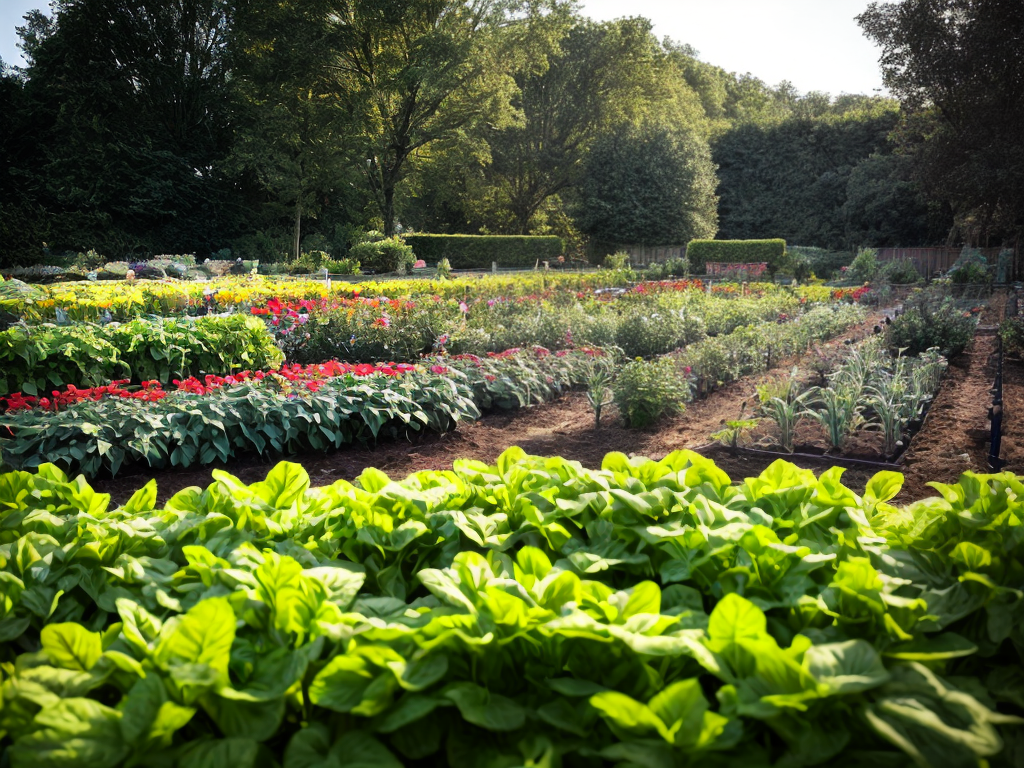
As an avid gardener, I’ve discovered that the key to a thriving home garden lies in proper crop rotation. By employing these 5 best strategies, you can ensure a bountiful harvest year after year. Crop diversity, planting within plant families, timing and succession, pest control, and soil health are the pillars of successful crop rotation. Join me as we delve into the fascinating world of home garden crop rotation and unlock the secrets to a flourishing garden.
Crop Diversity
To ensure optimal soil health and pest management, I rotate my home garden crops every season, embracing crop diversity. Crop rotation benefits my garden in several ways. Firstly, it helps prevent the buildup of pests and diseases specific to certain crops. By changing the location of each crop, I disrupt the life cycles of pests and reduce the risk of infestation. Secondly, crop rotation improves soil health by balancing nutrient levels. Different plants have different nutrient requirements, and rotating crops helps prevent depletion of specific nutrients while replenishing others. Lastly, companion planting is an essential aspect of crop diversity. By planting certain crops together, I can encourage beneficial relationships between plants, such as repelling pests or attracting beneficial insects. Overall, crop diversity through rotation and companion planting is crucial for maintaining a healthy and productive home garden.
Plant Families
Continuing the discussion on crop diversity, I rotate my home garden crops every season, embracing different plant families. This practice is crucial for maintaining soil fertility, preventing the buildup of pests and diseases, and maximizing yields. When planning my crop rotation, I pay close attention to the concept of companion planting, which involves growing certain plants together to enhance their growth and deter pests. By grouping plants from the same family together, I can effectively manage their specific nutrient requirements and pest susceptibility. Additionally, this approach promotes organic gardening practices by reducing the need for synthetic fertilizers and pesticides. By diversifying the plant families in my garden, I am able to promote a healthy and sustainable ecosystem while enjoying a bountiful harvest.
Timing and Succession
When planning my home garden crop rotation, I carefully consider the timing and succession of my plants. Succession planning is crucial for maximizing the productivity of my garden and preventing the buildup of pests and diseases. I create a planting schedule that takes into account the specific needs and growth habits of each crop. This allows me to efficiently utilize the available space and ensure a continuous supply of fresh produce throughout the growing season. By staggering the planting times, I can avoid overcrowding and promote healthier plants. Additionally, I rotate crops to different areas of the garden each year, which helps prevent soil nutrient depletion and reduces the risk of soil-borne diseases. Proper timing and succession planning are essential for a successful home garden crop rotation.
Pest Control
One important aspect of home garden crop rotation is implementing effective pest control measures. Integrated pest management (IPM) is a holistic approach that combines different techniques to manage pests while minimizing the use of chemical pesticides. Here are four strategies for pest control in your home garden:
-
Identify and monitor pests: Regularly inspect your plants for signs of pest infestation, such as chewed leaves or discolored spots. This allows you to take action before the problem becomes severe.
-
Use natural predators: Encourage beneficial insects, such as ladybugs and lacewings, to thrive in your garden. These insects feed on pests like aphids and caterpillars, providing a natural form of pest control.
-
Crop rotation: Rotate your crops each season to disrupt pest life cycles. This prevents pests from building up in the soil and reduces the risk of infestation.
-
Companion planting: Planting certain crops together can deter pests. For example, marigolds can repel nematodes, while onions can deter aphids.
Soil Health
To maintain the overall health of the garden, I prioritize nurturing the soil. One of the most effective ways to do this is through composting. Composting offers a myriad of benefits for soil health, including improving soil structure, increasing water retention, and enhancing nutrient cycling. When organic matter such as kitchen scraps, yard waste, and leaves are composted, they break down into nutrient-rich humus. This humus enriches the soil, providing essential nutrients for plant growth. Additionally, composting promotes the growth of beneficial microorganisms that aid in nutrient cycling. These microorganisms break down organic matter, releasing nutrients that plants can readily absorb. By incorporating composting into your gardening routine, you can improve soil health, leading to healthier and more productive plants.


